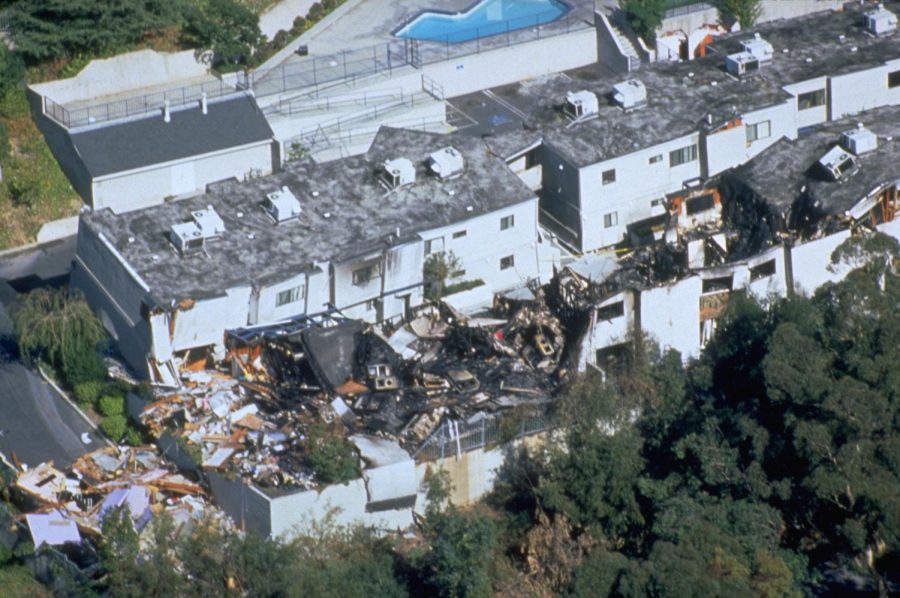The Next ‘Big One’: Are You Prepared?
Glendale Community College participated in the Great California ShakeOut Drill on Oct. 19, aimed at preparing students for the next “big one.” Although many state public institutions participated, some individuals took part in it worldwide, according to the official website for the initiative.
“ShakeOut encourages cross-sector, whole community conversation and action about earthquake preparedness, inspiring people to make better decisions for how they can prepare to survive and recover,” said Mark Benthien, ShakeOut global coordinator and outreach director for the Southern California Earthquake Center at the University of Southern California.
The drill was solely intended to help students, faculty members, business owners and residents know how to respond in case of an earthquake. The last big earthquake to hit Los Angeles County was in 1994. Seismologists have indicated that significant time has transpired since the last major quake. Getting ready for a major quake is encouraged.
Students who participated in the drill were reminded of the precautions needed to take in case of an earthquake. These steps are crucial to the safety of each individual. The drill calls for recognizing the first signs of an earthquake and following the, “drop, cover and hold on” procedure.
During the first signs of an earthquake, a person is expected to drop to the ground to avoid being dropped by the earthquake itself, followed by covering one’s head and neck with their arms to prevent being injured by any falling objects. People are advised to find safety under sturdy furniture and hold on to it to prevent it from moving.
The drill on campus was voluntary, but many classrooms participated. One journalism class even utilized natural earthquake sounds in order to get students motivated. “It was a funny experience,” said third-year student Ellis Valdescona, a journalism and music major. “I heard books falling, too.” One student added to the vibe by dropping books to mimic the sound of shelves falling over. Valdescona said that she has an emergency kit at home, but not in her car.
Ready.gov provides some tips on how to prepare before, during and after an earthquake. California is long overdue for a massive earthquake and every resident living in the state should try and take the right approach on educating themselves over the different safety steps to take, the site suggests.
Although it is not possible to predict when one will occur, Southern Cal residents can take precautions and get ready for one. Being prepared for an earthquake is not just about knowing how to ensure safety, but is also about knowing the important essentials needed after an earthquake has occurred, including water, food and a first aid kit.
“Social science research shows that when people see others take action, they are more likely to take action too,” said Benthien.


